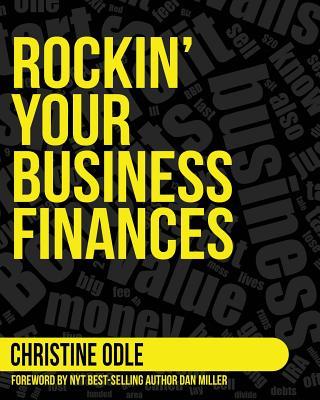Question
Bond A has a coupon rate of 4.49 percent, a yield-to-maturity of 4.06 percent, and a face value of 1,000 dollars; matures in 16 years;
Bond A has a coupon rate of 4.49 percent, a yield-to-maturity of 4.06 percent, and a face value of 1,000 dollars; matures in 16 years; and pays coupons annually with the next coupon expected in 1 year. What is (X + Y + Z) if X is the present value of any coupon payments expected to be made in 5 years from today, Y is the present value of any coupon payments expected to be made in 8 years from today, and Z is the present value of any coupon payments expected to be made in 18 years from today?
| Cy owns investment A and 1 bond B. The total value of his holdings is 1,826 dollars. Bond B has a coupon rate of 9.12 percent, par value of $1000, YTM of 11.68 percent, 7 years until maturity, and semi-annual coupons with the next coupon due in 6 months. Investment A is expected to produce annual cash flows forever. The next cash flow is expected to be 84.68 dollars in 1 year, and subsequent annual cash flows are expected to increase by 4.83 percent each year forever. What is the expected return for investment A? Answer as a rate in decimal format so that 12.34% would be entered as .1234 and 0.98% would be entered as .0098. Bond A pays annual coupons, pays its next coupon in 1 year, matures in 12 years, and has a face value of 1,000 dollars. Bond B pays semi-annual coupons, pays its next coupon in 6 months, matures in 15 years, and has a face value of 1,000 dollars. The two bonds have the same yield-to-maturity. Bond A has a coupon rate of 7.26 percent and is priced at 807.44 dollars. Bond B has a coupon rate of 5.42 percent. What is the price of bond B? |
Step by Step Solution
There are 3 Steps involved in it
Step: 1

Get Instant Access to Expert-Tailored Solutions
See step-by-step solutions with expert insights and AI powered tools for academic success
Step: 2

Step: 3

Ace Your Homework with AI
Get the answers you need in no time with our AI-driven, step-by-step assistance
Get Started


